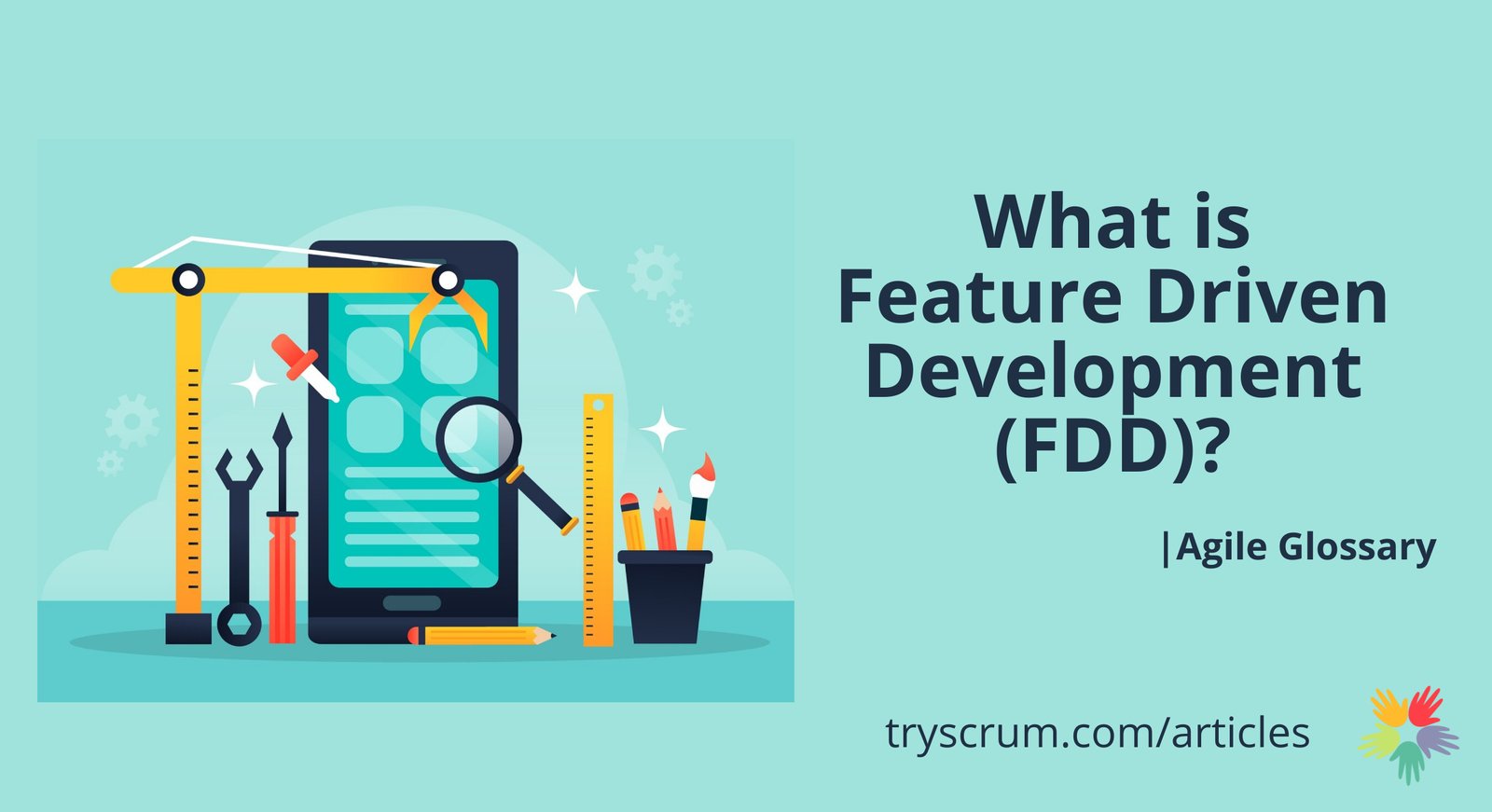Feature-Driven Development (FDD) is an Agile way of working that emphasizes delivering tangible, client-valued features through a structured and iterative process. It is particularly effective for large-scale projects, offering a blend of model-driven approaches and feature-centric development to ensure timely and efficient software delivery.
Key Components of FDD
Develop an Overall Model
Creating a high-level domain object model that outlines system scope and context. Serves as the foundation for understanding the problem domain.
Build a Feature List
Decomposing the domain into subject areas, activities, and specific features. Features are small, client-valued functions like ‘Calculate the total of a sale.’
Plan by Feature
Prioritizing features and assigning them to teams or developers to ensure resources align with client priorities.
Design by Feature
Producing detailed designs, sequence diagrams, and refining the model. Includes collaborative design inspections to ensure quality.
Build by Feature
Coding and testing each feature. Developers implement, test, and integrate features into the main build upon successful inspection.
Advantages of FDD
- Scalability: Structured approach and emphasis on documentation make FDD suitable for large teams and complex projects.
- Client-Centric Focus: Ensures development remains aligned with business objectives by delivering client-valued features.
- Iterative Progress: Promotes continuous delivery of tangible results with regular feedback and timely adjustments.
Considerations for Agile & Scrum Learners
While FDD shares Agile principles such as iterative development and client collaboration, it differs from frameworks like Scrum with its emphasis on upfront modeling and documentation. This structured approach is beneficial in environments requiring detailed planning but may be less flexible than methodologies that prioritize adaptability and minimal documentation.
Conclusion
Understanding FDD provides Agile practitioners with a broader perspective, emphasizing the importance of choosing an approach suited to project requirements, team dynamics, and organizational context.




































